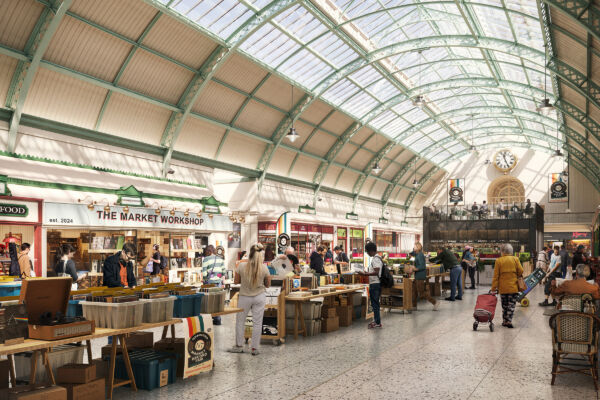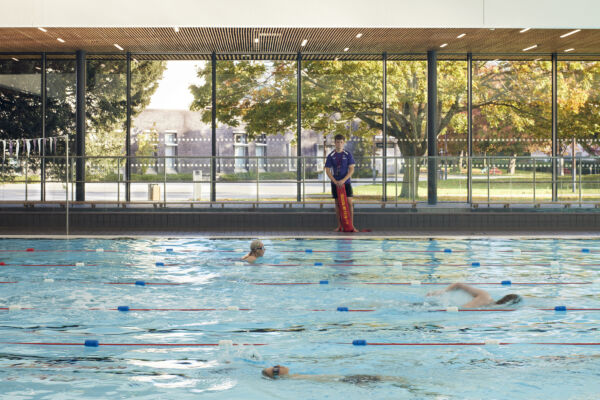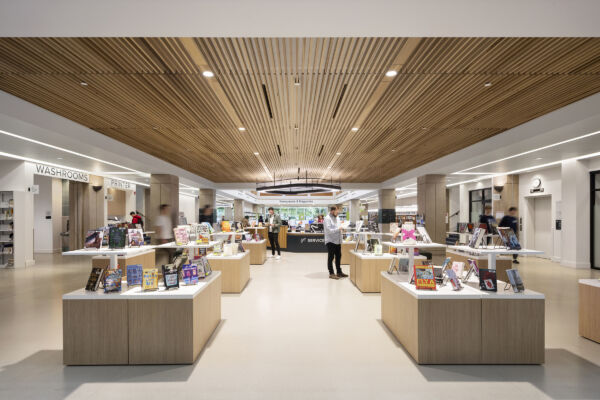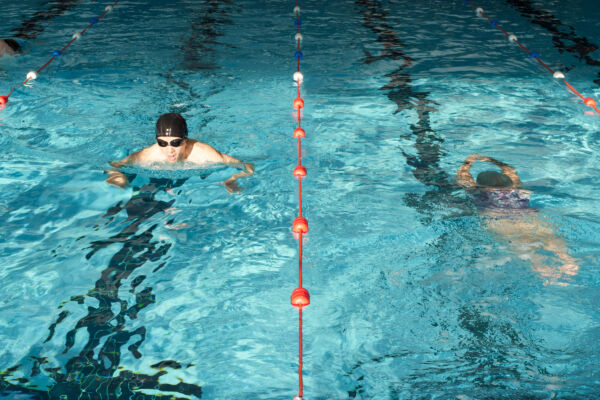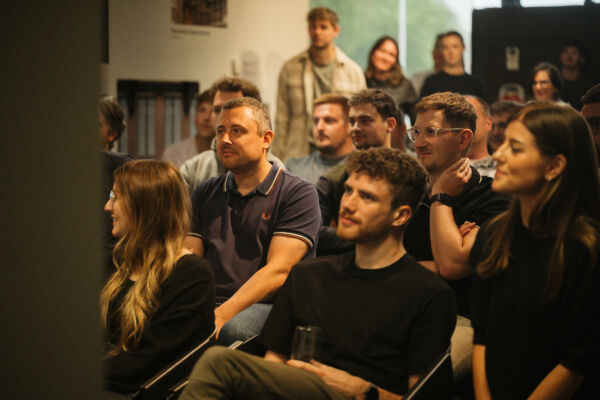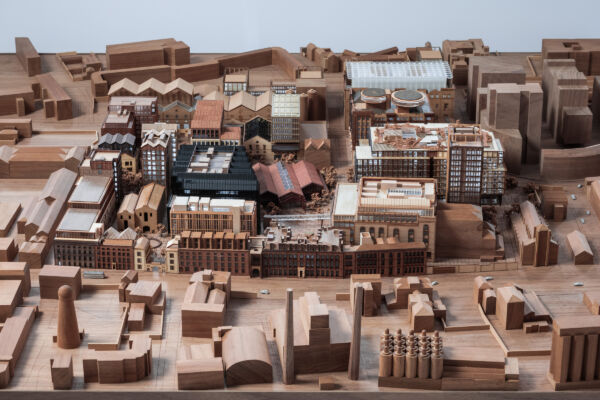In the Canadian provinces we visited, a historical lack of community recreation facilities has been filled by hybrid sports and leisure buildings. A diverse mix of community assets, including music rooms, ceramics workshops, classrooms and libraries, are integrated alongside swimming pools, ice rinks, gyms and sports halls. These combinations generally reflected a specific, local community need; for example, providing a flexible social hub or supporting seniors. If a space is underutilised, it is quickly repurposed based upon other known community needs.
Local authorities within the UK, however, tend to develop briefs with a more standardised mix of traditional facilities. There are some exceptions, where we see the inclusion of a library or council services, or the provision of physiotherapy and GP referrals services alongside sport and leisure. These facilities rarely dabble in the arts or provide unique facilities based upon a specific local need, but instead ‘flexible’ community spaces which are commonly underutilised.
Being more adventurous, and specific, might engage communities better. In addition to flexible spaces, a characterful arts studio or a dark room is likely to be valued, and embraced by local people, more than a series of multi-purpose boxes.







